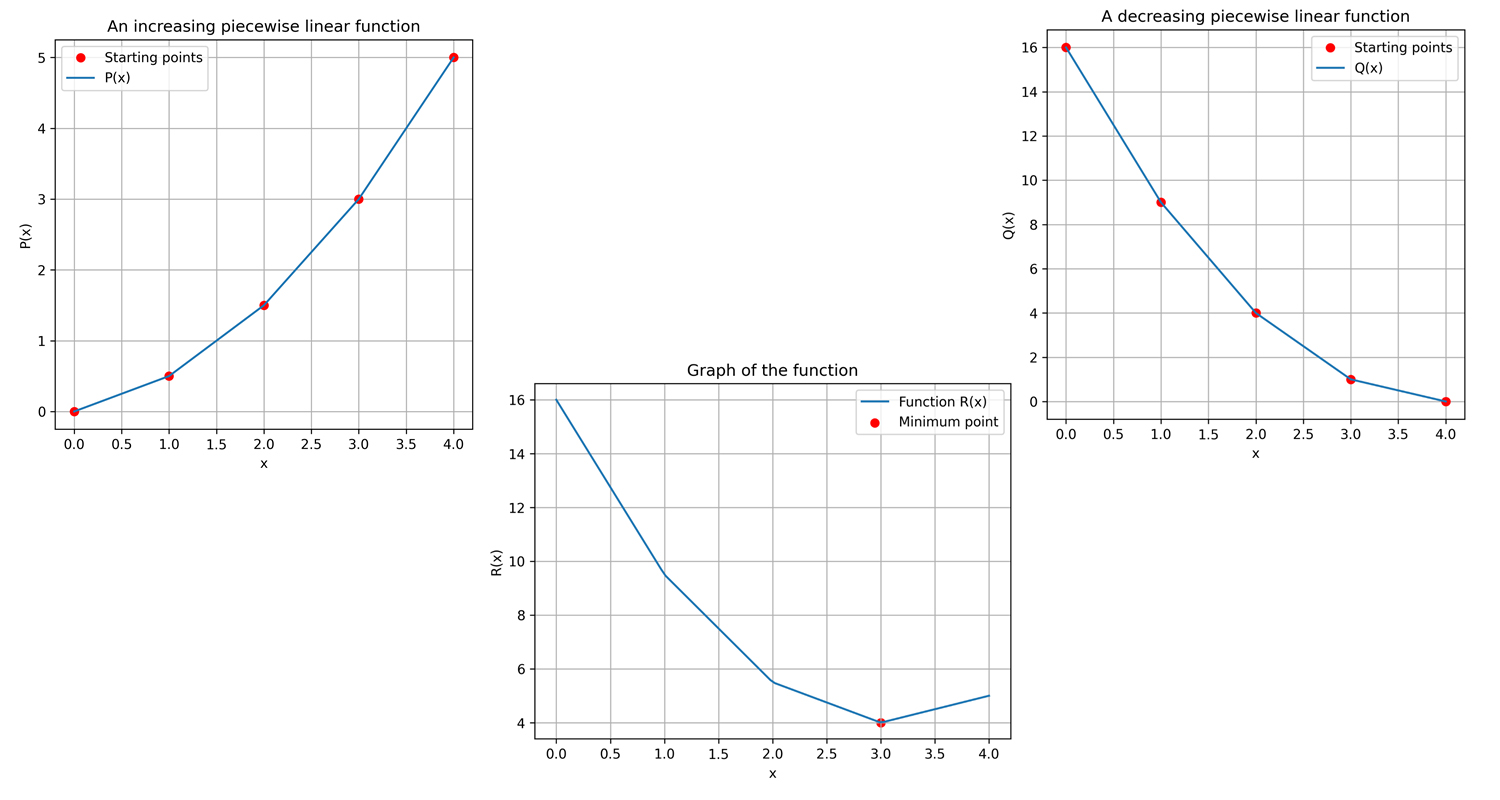The development of the method of optimizing costs for software testing in the Agile model
DOI:
https://doi.org/10.15587/2706-5448.2023.293067Keywords:
agile, SCRUM, software development life cycle, testing, QA, risk managementAbstract
The object of research in the article is the process of testing and operating software with cost minimization. In the Software Development Life Cycle, depending on the chosen option of the flexible methodology, special attention is focused on testing software versions both in the process of passing iterations and in the process of releasing alpha, beta and production versions.
This article is devoted to the problem of developing a method for software testing cost optimization method that estimates the test cost function and the losses cost function from the occurrence of an error.
Using the optimization method (for example, the first-order descent method) from the two functions of testing costs and estimating the losses caused during operation, it is possible to calculate the optimal cost of testing and operating the software product.
The results obtained show that with the correct assessment of a cost function and a loss function such calculations allow to significantly save money and time for the production of the next version of the software product.
These results are explained by the fact that the method of optimizing the cost function finds the optimum point and allows to pre-estimate the budget and risks during the development and operation of the software.
The article provides several examples of the calculation and optimization of testing costs within the proposed concept for one iteration in a flexible software development cycle.
The results of the study can be used in practice, provided that the functions of estimating costs for testing and compensation for losses caused during the operation of the software are set correctly. Experienced managers and project supervisors determine these functions quite accurately for a certain number of iterations, which makes it possible to apply the method of finding the minimum budget costs for testing and operating a software product.
References
- Sadiq, Mohd., Khalid Imam Rahmani, Mohd. Wazih Ahmad, Jung, S. (2010). Software risk assessment and evaluation process (SRAEP) using model based approach. 2010 International Conference on Networking and Information Technology. Manilam, 171–177. doi: https://doi.org/10.1109/icnit.2010.5508535
- Mohamud Sharif, A., Basri, S.; Zain, J. M., Wan Mohd, W. M. B., El-Qawasmeh, E. (Eds.) (2011). Software Risk Assessment: A Review on Small and Medium Software Projects. Communications in Computer and Information Science. Berlin, Heidelberg: Springer, 214–224. doi: https://doi.org/10.1007/978-3-642-22191-0_19
- McGraw, G. (2004). Risk analysis in software design. Available at: https://www.synopsys.com/blogs/software-security/software-risk-analysis/ Last accessed: 20.10.2023
- Taylor, L., Shepherd, M. (2007). Performing a System Risk Assessment. FISMA Certification and Accreditation Handbook, 275–294. doi: https://doi.org/10.1016/b978-159749116-7/50022-6
- Seniv, M. M., Roik, O. O. (2021). Means of calculating the reliability of software based on models, taking into account imperfect debugging. Scientific Bulletin of UNFU, 31 (6), 87–91. doi: https://doi.org/10.36930/40310613
- Yakovyna, V. S., Fedasiuk, D. V., Seniv, M. M., Nytrebych, O. O. (2015). Modeli, metody ta zasoby analizu nadiinosti prohramnykh system. Lviv: Vydavnytstvo Lvivskoi politekhniky, 220.
- Software Risk Analysis Tutorial: Comprehensive Guide With Best Practices. Available at: https://www.lambdatest.com/learning-hub/software-risk-analysis Last accessed: 15.10.2023
- NumPy. The fundamental package for scientific computing with Python. Available at: https://numpy.org/ Last accessed: 25.10.2023
- Zhaldak, M. I., Tryus, Yu. V. (2005). Osnovy teorii i metodiv optymizatsii. Cherkasy: Brama-Ukraina, 608.
- Scypy. Fundamental algorithms for scientific computing in Python. Available at: https://scipy.org/ Last accessed: 27.10.2023

Downloads
Published
How to Cite
Issue
Section
License
Copyright (c) 2023 Kostyantyn Kharchenko, Oleksandr Beznosyk, Bogdan Bulakh, Ann Ishchenko, Vadym Yaremenko

This work is licensed under a Creative Commons Attribution 4.0 International License.
The consolidation and conditions for the transfer of copyright (identification of authorship) is carried out in the License Agreement. In particular, the authors reserve the right to the authorship of their manuscript and transfer the first publication of this work to the journal under the terms of the Creative Commons CC BY license. At the same time, they have the right to conclude on their own additional agreements concerning the non-exclusive distribution of the work in the form in which it was published by this journal, but provided that the link to the first publication of the article in this journal is preserved.







